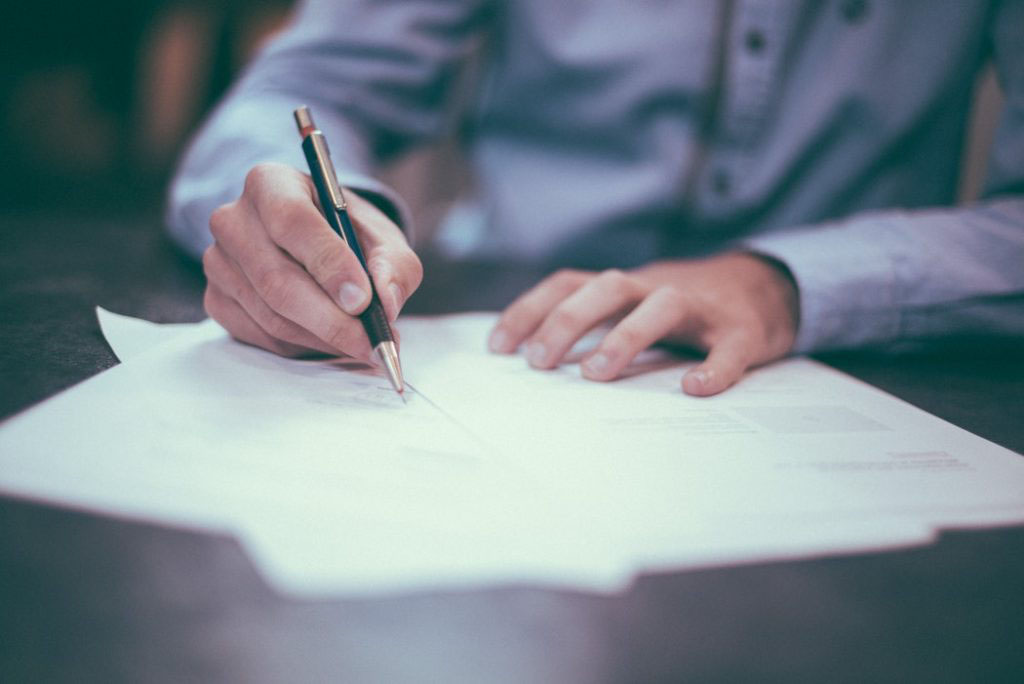It’s a well-known fact that businesses have to pay special fees to play music in commercial environments. These fees, called “royalties”, are paid for the public performance rights. They have to be paid to what are known as collecting societies, a group of organizations whose work is to administer these rights, among others , and collect the royalties to distribute to the corresponding right holder of the music. It’s not the right holder’s responsibility to personally knock at the door of each individual business asking “hey, are you listening my song?”. The ASCAP license cost depends on many things, including the type of business and the capacity of the place.
ASCAP collects on behalf of all the right holders that have an agreement with them, and that’s what makes them so important: they collect for a lot of right holders. Their catalog includes music from Justin Timberlake and Beyonce, so if you want to play them in your business legally, you better get in touch with ASCAP.
Who has to pay public performance rights?
All music played outside a private circle of friends or family is considered public performance. The most common businesses that have to pay ASCAP fees are restaurants, coffee shops, hotels and motels, business offices, fitness centers, schools and residential communities, retail stores, bars and nightclubs, but this is not an exhaustive list.
How much does an ASCAP license cost?
There are many factors that have to be taken into account to determine how much an ASCAP license costs. First of all, there’s a different way to calculate the rate for each different type of establishment. On ASCAP’s website you can calculate different rates for specific businesses such as wineries or bowling alleys (for example, at bowling alleys the number of alleys is essential to calculate the rate).
A restaurant example
How much would it cost to pay the licenses for a restaurant? To find out you need to look in the “Restaurants, Bars and Nightclubs” category. Firstly, looking at 2019, we need to state if we will host any live performances, and if so, how often. We also need to note if we use DJs, karaoke, TV, radio or a jukebox. The correct identification of how our restaurant works will give us the exact per person rate for the music fees.
Once we add all the relevant items, these are multiplied by the occupancy rate of the establishment. However, there is a minimum annual ASCAP license cost of $390, so the fee will never be less than that.
You also need to remember that this is only for the use of the ASCAP catalog. If we add songs from BMI (Lady Gaga, Taylor Swift, Eminem), GMR (Bruno Mars, Bruce Springsteen) or SESAC (Bob Dylan, Adele), we will soon reach a number that goes over the yearly $1200.
Alternative
A solution to reduce this expense is to use a music for business service. By subscribing to SoundMachine, for example, who pays the collecting societies for public performance rights on behalf of the client, you can enjoy background music in your business for as little as $323.4 annually, with a catalog of the four big PROs. You can try it out for free by signing up for a trial here.
